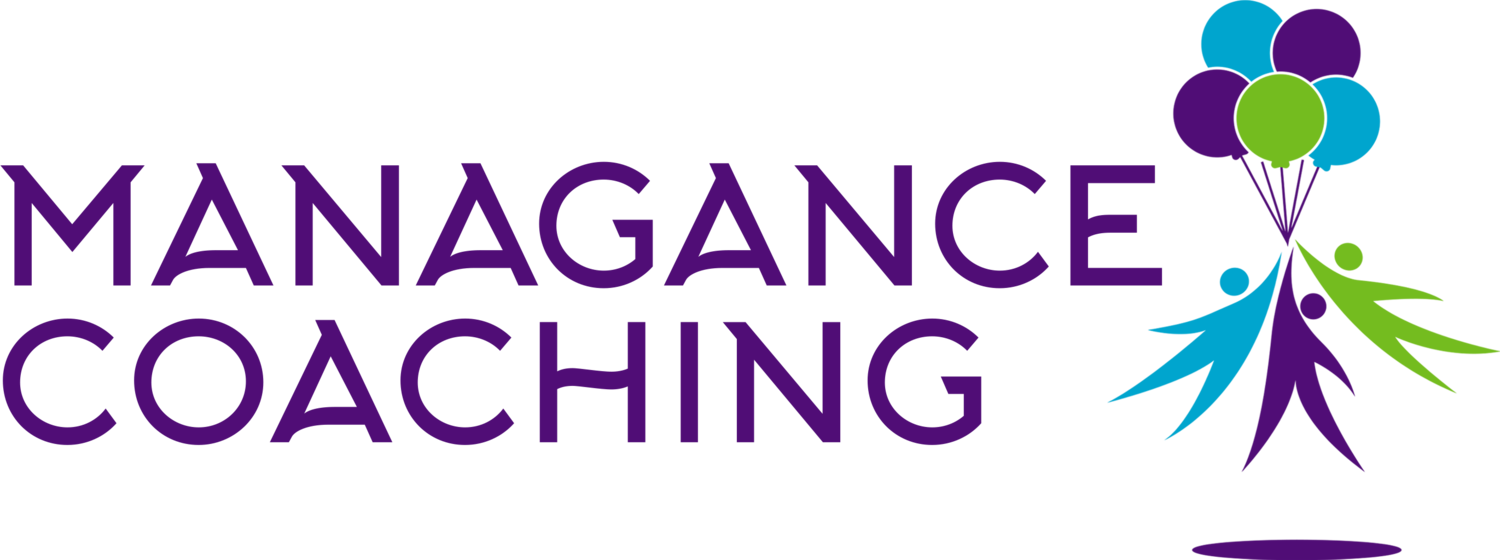Peeling Back the Layers Expands Conversations
At the time of writing this nugget in early 2017, the week started by celebrating Dr. Martin Luther King Jr.’s 88th birthday – the hope of his legacy. Then there was the inauguration of a new Presidential administration, and the week ending with women and men marching and protesting across the country to preserve the Constitutional rights of all people – the hope for the future.
Quietly reflecting on these events, I thought about the conversations I wished I could have with three beautiful people I had the honor to know before their passing. Dr. Maxine Thurston-Fischer was a woman of color, my sister-friend for 30 years. In the 1960’s she did a sit-in at the lunch counter of Burdines’ Department Store in Miami that wouldn’t allow black shoppers at the time. She earned her Ph.D., transformed an essential nonprofit organization and challenged all of us to think further and be better. Maxine would say stand up for what you believe.
Edgar Betancourt was a gay man of Columbian origin, one of my best friends for more than 30 years. In the 1980’s he migrated to the US, became an American citizen, perfected English, got a Master’s Degree, obtained a corporate leadership position and lived life to the fullest. Edgar would say this life is beautiful, do what you love.
Marcy Hershey Brittain was a woman in a wheelchair, paralyzed from the waist down in childhood from a tumor on her spine. She earned two Master’s Degrees, married, was a runner-up in a beauty pageant for women with disabilities, and she was generous to a fault. Marcy would say buy a crazy new purse and flaunt it at the next meeting.
For leaders – and especially nonprofit and nongovernmental organization leaders - doing what you believe in and doing what you love comes with the challenge of daring to be different and to have hard conversations every day. Not everyone will agree with you or support you, and that doesn’t have to be a barrier. In the world of nonprofit leadership, challenges are opportunities for new conversations that open new doors. Organizational anthropologist and executive coach Judith E. Glaser says, “To get to the next level of greatness depends on the quality of the culture, which depends on the quality of the relationships, which depends on the quality of the conversations. Everything happens through conversations.”[1]
So where do we begin to change the quality of our conversations, especially with people who we don’t see eye to eye? One thing is seeking a shared understanding of the purpose. A healthy discussion is much more than exchanging words. It is an exchange where each person feels heard, satisfied, and maybe even more informed. It’s an interchange where there is listening carefully, acknowledging each other’s concerns and perspective and a willingness to find common ground. A good conversation has a purpose that each person understands.
Here are a few initial approaches to practice in your next conversations:
Check-in to agree on the purpose and what you hope to accomplish. Are you there to give information, persuade another person about a particular point of view or explore ideas? Exploring ideas together enables more extensive discussion.
Experiment with letting other people talk first and listening to what’s on their minds. Try waiting 10-15 seconds before you respond with something that helps you build more of a connection. For example, be intentional about appreciating something they said, thanking them for their perspective.
Invite people to say more about something that peaked your curiosity. It is especially helpful when someone says something with which you may not agree. You want to stay away from judging the perspective as bad and rejecting it out of hand. Instead, you want to go with the thought of learning more. The idea is to peel back the onion layer by layer to more fully understand the roots of the different perspective, instead of getting stuck on a disagreement. The origins of differences are often painful experiences, a narrow experience, confusion or misinformation. We don’t learn about these things until we ask more questions with a genuine interest in discovering what’s driving them. A commitment to discovery always enables more expansive conversations.
A real conversation always contains an invitation. You are inviting another person to reveal herself or himself to you, to tell who they are or what they want.
–David Whyte
[1] Glaser, J. E. (2014) Conversational Intelligence: How Great Leaders Build Trust and Get Extraordinary Results. New York, NY: Bibliomotion.
